
The latest decision of the Orissa High Court is Kumarpur Sasan Juba Gosti Kendra & Ors. V. State of Odisha and Ors. Conveys an important message against hasty executive power, specifically the issue of property demolition. The case shows the role of the judiciary system in supporting the rule of law and the concerns about preventing the state authorities in behaving outside the boundaries of the constitution. The court had carefully scrutinized the circumstances in which a community center had been demolished and clearly shown an appalling disregard for legal protocols as well as clear instructions by the courts.
Factual items of the conflict.
The deficit in the centre of the controversy was that of the demolition of a so-called Gosthigruha or Community Centre located on a 0.05 acre plot of land within a Gochar (grazing) land at Balipur, Cuttack since 1985. It was even rebuilt with the help of public money between 2016-2018 under the scheme Ama Gaon, Ama Vikas Yojana and MLA-LAD grants since it played important public utility services like awareness, yoga camp and health check-up. Although it has a long history of existence and serves the community in general, November 2024 saw the initiation of an encroachment proceeding against it under the Odisha Prevention of Land Encroachment Act, 1972 (OPLE Act).
Petitioners had first criticized these proceedings, and consequently, the High Court directed the petitioners to present an application for settlement under Section 8A of the OPLE Act. This application was later turned down on the 30th day of September 2024 due to several reasons including failure to prove that it had continuously possessed the land and the inability to compound the land. A revision was then made and importantly the High Court made orders dated November 29, 2024 and December 13, 2024 stating it was clear that no eviction should take place pending the appeal.
For any queries or to publish an article or post or advertisement on our platform, do call at +91 6377460764 or email us at contact@legalmaestros.com.
In spite of these obvious legal barriers, another summons for eviction was released on December 5, 2024. On 13th December 2024, at around 5.15 pm, the Sub-Collector walked past the place of demolition and appended a notice of demolition thereon and the demolition was to be carried out the next morning. As per the notice, the community center was to be knocked down on December 14, 2024 at 10:00 AM, which was allegedly not given enough time to the petitioners to oppose the revoking order or leave the place. The essence of this petition was that such unnotified and speedy demolition that was done only 17 hours after notice had been given, was illegal.
Basic Concerns and Laws
There are a few fundamental issues discussed in the judgment issued by the Orissa High Court, the main point behind which concerns a gross infringement of procedural protection and the doctrine of the rule of law. The petitioners claimed that demolition was against some directions made by the Supreme Court.
In Re: Directions in the matter of demolition of structures, WP(C) No. 295/2022. The said guidelines published by the Supreme Court under Article 142 are binding and entail a 15 days show cause notice, a reasoned demolition order, the availability of an appeal and review of the demolition by a court of justice, Videography of demolition and publishing of demo related notices and orders on a public portal. The High Court discovered that these two critical thresholds were not fulfilled in the instant case.
For any queries or to publish an article or post or advertisement on our platform, do call at +91 6377460764 or email us at contact@legalmaestros.com.
It was also pointed out by the court that such demolition took place when the case was under active consideration by the court and the appellate court had only reserved its decision and had not given it out. This action was not just a procedural slip that is happening at the moment but a “great violation of constitutional procedure and institutional propriety”. What the court referred to is that it is not only an early act to do so when an order is reserved, but one that is trying to be ahead of the law itself.
Another important consideration of the Supreme Court in its judgment was that of safeguarding the right to property as contained in Article 300-A of the Constitution of India. As was reaffirmed by the judgment, the right to property is a human right and also a constitutional right that cannot be deprived of without respect to the law. Citing
N Padmamma v S Ramakrishna Reddy
For any queries or to publish an article or post or advertisement on our platform, do call at +91 6377460764 or email us at contact@legalmaestros.com.
And Jilubhai Nanbhai Khachar and v. State of Gujarat, the court enjoined that, deprivation of property without the authority of law will be unquestioned and Article 300-A lays a constitutional limit to the authority of the state in regard to property.
The court also discussed so-called “bulldozer justice”, when executive authority is supported with the help of machines and not justice replaces the legal process. It discovered that the “speed and secrecy” with which the demolition was carried out, in studied disregard of the restraints imposed by the Judiciary, conveys the idea of a “secret service” operation, as opposed to lawful and open official work. This according to the court corroded the legitimacy of state practice and the belief of citizens in the neutrality of government.
The forceful Rebuking and Guidance of the Court
The conduct of the Tahasildar was a matter of serious concern to the Orissa High Court as it derogated from the conduct of a responsible public officer in a steady and conscious departure. The court observed that the Tahasildar acted in haste when the matter was in a pending stage before the appellate authority and even after the order was reserved that was also observed as a deliberate act. The court noted that the said conduct discredits the judicial authority and the legality of law enforcement.
For any queries or to publish an article or post or advertisement on our platform, do call at +91 6377460764 or email us at contact@legalmaestros.com.
The decision emphasised that the Supreme Court’s binding procedural protections are only strict requirements, but rather than guidance they can be expected. The fact that it does not follow these very minimal constitutional baselines would be a determining compound violation, which casts out the very notion of lawful governance. The court asserted strongly that an officer that ignores such duty acts contrary to the State.
Under an important order, the High Court awarded 10,00,000 compensation for illegal demolition. Importantly, 2,00,000 of the same will be recuperated out of the Tahasildar in question, which will be deducted in some reasonable installments from his monthly salary, given that the illegal action that was done generated a direct involvement by him. The State is to pay the rest of 800 000 to the petitioners in eight weeks.
Moreover, the court has also instructed that proper departmental proceedings should be initiated against the Tahasildar. A duplicate of the judgment will be placed on the table for the Chief Secretary and the Revenue Secretary to comply with. Most importantly, this Chief Secretary is specifically instructed to forthwith, issue detailed directions and guidelines to all the Revenue officials and Municipal authorities of the State, to carry on as per the directives issued by the Supreme Court on the subject of demolition. The multi-faceted strategy is meant to ensure that such cases of executive whimsy will not reoccur.
For any queries or to publish an article or post or advertisement on our platform, do call at +91 6377460764 or email us at contact@legalmaestros.com.
The Orissa High Court ruling is a high court decision that comes as a landmark decision that strengthens the foundation of administrative law, constitutional government, and the rule of law. It is a strong reminder against so-called bulldozer justice and a reminder that the judiciary will continue to play the role of a victim in the protection of the rights of citizens against numerous acts of state arbitrariness. The ruling of the court, bringing individual officers to book as well as ordering that specific protocols be put in place has gone a long way in ensuring that there is clarity, fairness and due process in all actions carried out by the executive. This ruling is a timely reminder that the state authority should never act unless in a regulated, rationally intelligent and law abiding manner.

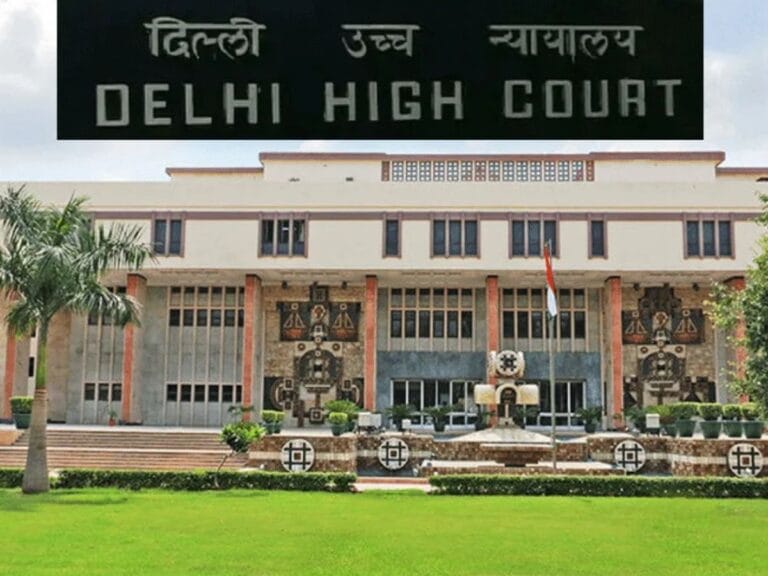
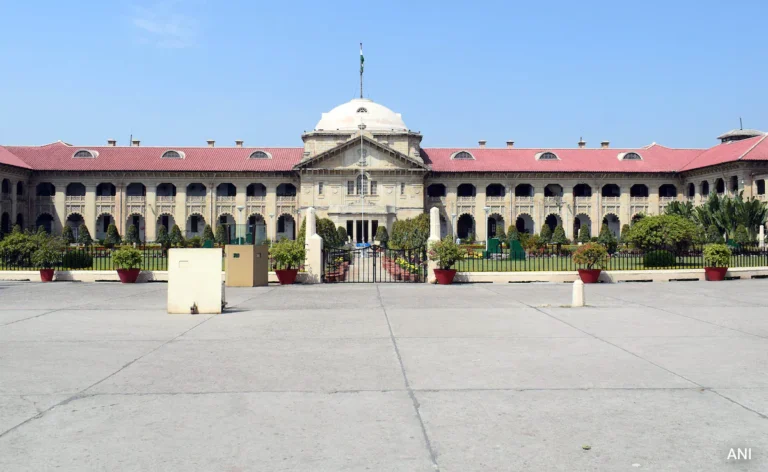
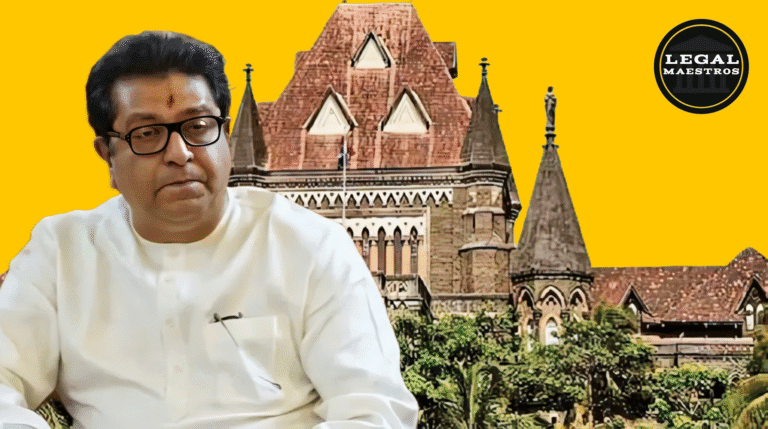

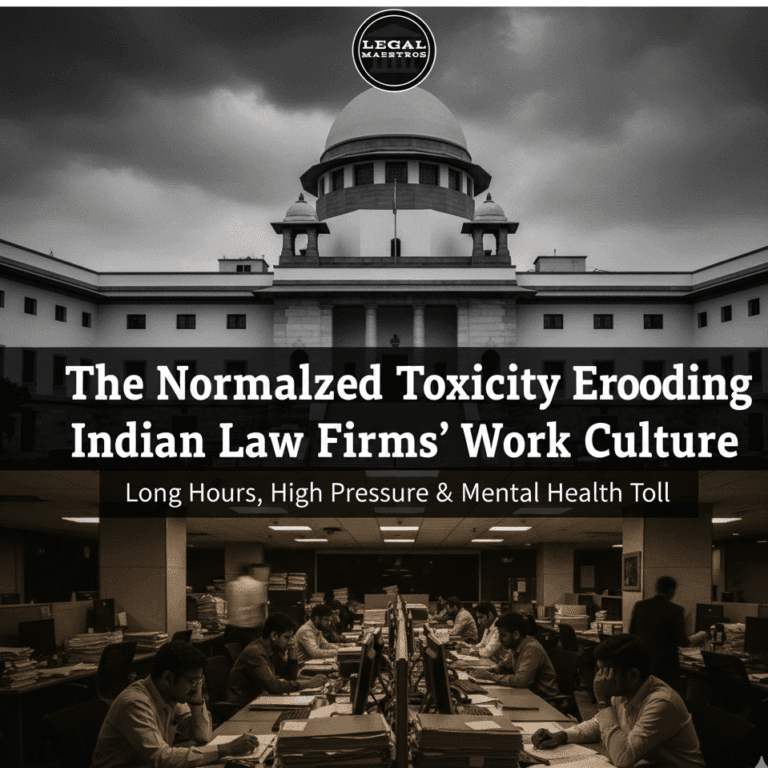
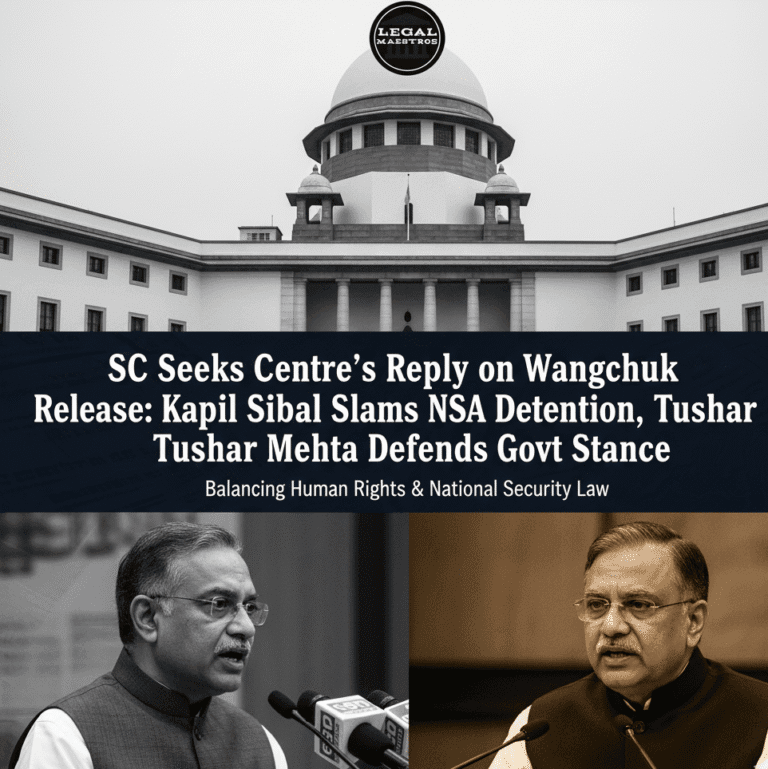

2 thoughts on “Orissa High Court Condemns Illegal Bulldozer Demolitions, Orders ₹10 Lakh Compensation for Affected Parties”